Santa Barbara County’s electric grid is a fragile network. It is literally at the end of the line for both PG&E and SCE power lines, which are in areas prone to wildfire, floods, and debris flows. One bad disaster, and the grid goes pfft.
As these natural disasters increase in frequency and scale thanks to climate change, the county is adding defense against inevitable power outages through its 2030 Climate Action Plan.
Enter: a plan within the plan. Namely, the Energy Assurance Plan (EAP), which will serve as the county’s de facto blueprint to generating and storing more reliable, clean energy locally. It hedges against losing electricity, while also preparing for when the lights do go out.
If the county goes dark, it outlines methods to restore power as quickly as possible, and provide emergency power to the public amid disaster. A backup plan, if you will.
Access to electricity can be a matter of life and death — whether it’s for seniors facing extreme heat or someone needing to refrigerate insulin during an outage.

The EAP aims to build more public “hubs” of backup power for these emergency purposes, increase renewable energy, build more energy storage solutions, and offer incentives for customers to reduce electricity consumption during peak demand periods.
“Meeting these four goals cannot be done by the county alone,” said April Price, the county’s energy portfolio manager, during her presentation to the board of supervisors on October 1.
“But this plan lays out strategies for the county to influence growth across these four categories,” such as coordinating with utilities and empowering individual communities.
To “lead by example,” the county is growing its network of solar arrays and microgrids (battery storage). Its 2030 goal is to double its renewable energy capacity and distribute this energy more evenly across the county.
It mirrors the idea behind eating locally grown food: consuming locally generated energy reduces environmental impact, saves money, and improves reliability in times of need.
Twelve county sites were identified as potential candidates for solar infrastructure, and a Request for Qualifications (RFQ) will be released later this month to develop nine of those sites. When all is said and done, these sites will add more than four megawatts of solar power (enough to power roughly 5,250 homes) for about $30 million. County General Services estimates that year 1 savings will be about $2.3M with a total of $58M in savings over 25 years if future electricity costs don’t escalate. In addition, six microgrid projects and seven solar arrays are already up and running on county buildings.

Obviously, none of this is cheap; the county hopes the EAP will help secure funding for projects and programs that support this move toward renewables and energy assurance.
During their October 1 board meeting, the supervisors voted unanimously to adopt the plan, despite having mixed feelings on its parent Climate Action Plan. They further directed staff to return to the board in six months with a report on the implementation of the EAP and the Climate Action Plan.
The board mainly wants to ensure that these plans don’t sit on a shelf, especially after watching previous plans gather dust.
“The stakes are high,” said Supervisor Laura Capps. She noted that during her time on the Santa Barbara Unified School Board, she similarly helped school sites turn into “resiliency hubs” with microgrids where the community could gather in times of disaster.
“This is about protecting the most vulnerable populations — keeping kitchens open at schools so that kids can eat, making sure that people that need insulin can get it. It’s about making sure that our society functions. And the most vulnerable are usually the first to be impacted by outages.”
Learn more about the EAP on the county’s website.

Investing in Climate Resilience
One nearby energy success story came from last week’s ribbon-cutting of Central Coast Community Energy’s Victory Pass and Arica Solar and Storage projects in Riverside County, which will deliver 100 megawatts of solar and 25 megawatts of battery storage to power 60,000 Central Coast homes, according to the office of Supervisor Das Williams.
Local investments in clean energy and climate resilience were also announced this month.
That includes more electric vehicle (EV) charging stations, through a proposed grant award of $4.7 million from the California Energy Commission. The grant requires a $2.3 million match from the county in staff time and capital investment, and will fund 150 charging ports at 14 locations throughout the county.
The deadline to install the new chargers is April 30, 2028. Once they are installed, the county will have more than 367 chargers installed across county facilities.
Additionally, State Senator Monique Limón handed over a $1.6 million check in state funds to the county and Community Environmental Council, which will be used to build climate resilience in the North County communities of Guadalupe and Lompoc through the “Guadalupe-Lompoc initiative” — a multi-year collaborative effort to address air quality, extreme heat, water supply, food security, and wildfire risk by engaging residents and local officials, and implementing supportive action plans.
“The Guadalupe-Lompoc Initiative represents more than just climate resilience projects,” said Supervisor Joan Hartmann, whose district includes Lompoc Valley. “It’s about weaving together the social fabric of some of our county’s most disadvantaged communities.”
Premier Events
Sun, Apr 06 11:30 AM
Santa Barbara, CA
Gun Violence Prevention Forum with Asm. Gregg Hart
Thu, Apr 10 10:00 AM
Santa Barbara
Free Dry Eye Seminar w/ Dr. Zucker & Dr. Reynard
Fri, May 23 7:30 PM
Santa Barbara
Songbird: The Singular Tribute to Barbra Streisand
Sun, Mar 30 6:00 PM
Santa Barbara
Free Contra Dance  Anvil Sky BAND
Anvil Sky BAND 
Mon, Mar 31 6:00 PM
Santa Barbara
Cesar Chavez Day Vigil for Migrant Families
Tue, Apr 01 10:00 AM
Santa Barbara
“Is Your Home Safe?” Smart Senior Living Seminars
Tue, Apr 01 1:00 PM
Santa Barbara
“Is Your Home Safe?” Smart Senior Living Seminars
Tue, Apr 01 8:00 PM
Santa Barbara
UCSB Arts & Lectures Presents Ukulele Orchestra of Great Britain
Wed, Apr 02 4:30 PM
Santa Barbara
Spirits in the Air: Potent Potable Poetry
Thu, Apr 03 5:00 PM
Santa Barbara
SBMA Pop-Up Opera
Thu, Apr 03 7:00 PM
Santa Barbara
Aeolus Quartet
Thu, Apr 03 7:00 PM
Santa Barbara
Sax in the City: SB’s Saxiest Dance Party
Fri, Apr 04 10:00 AM
Santa Barbara

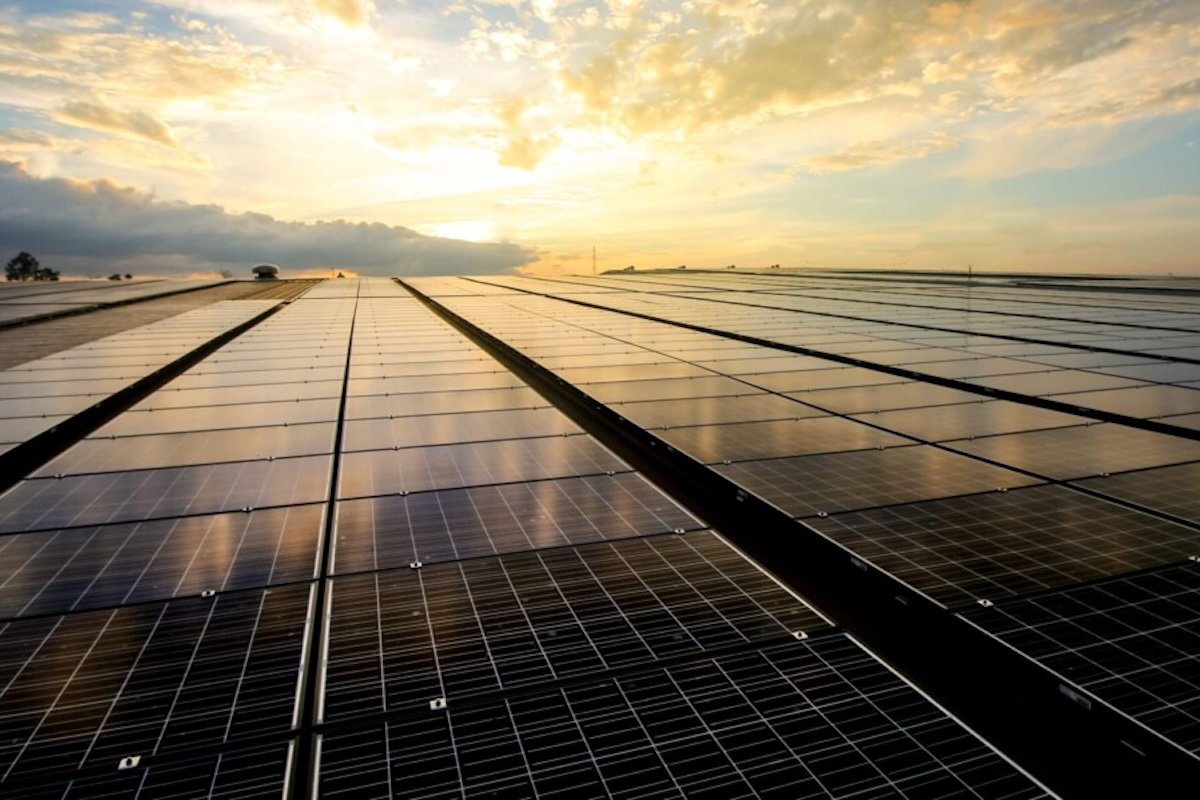
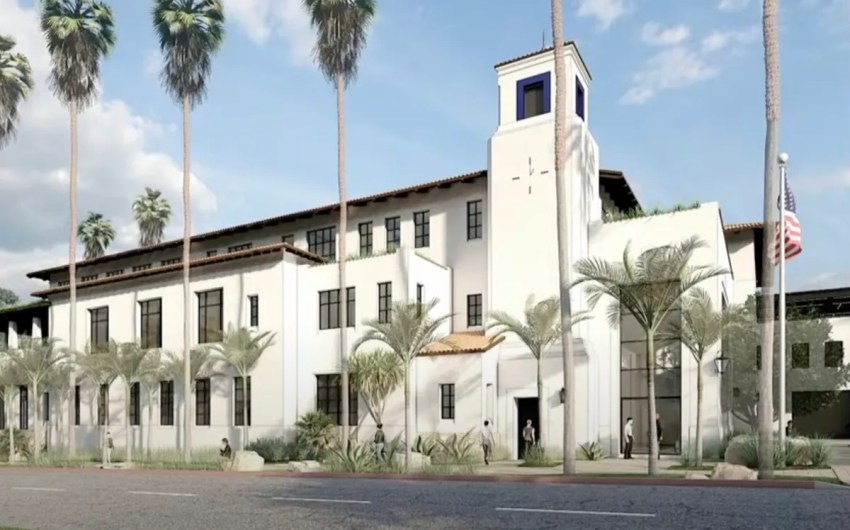
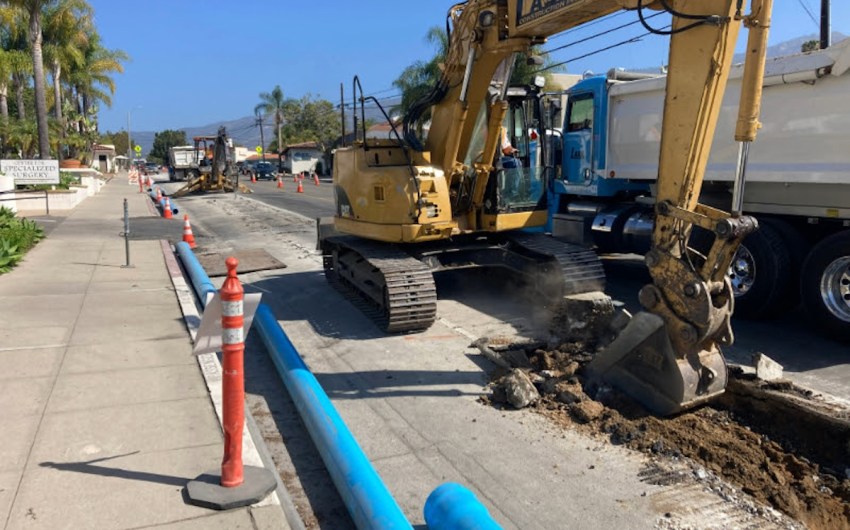
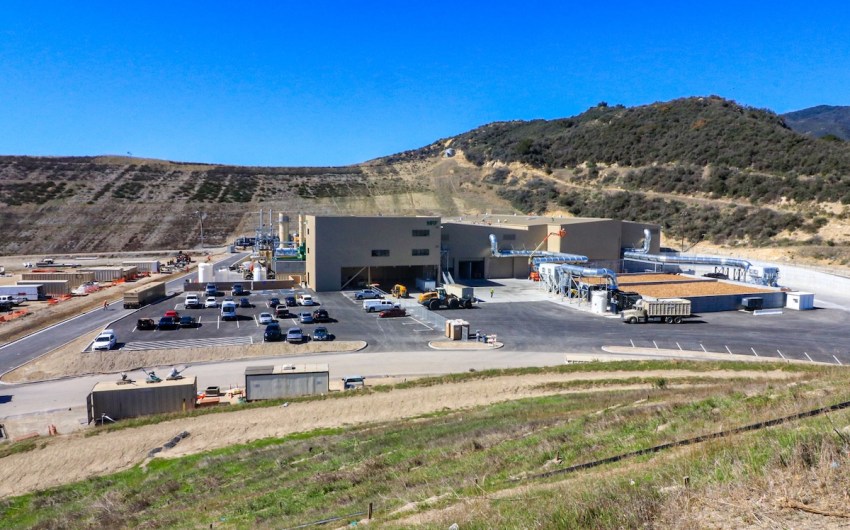
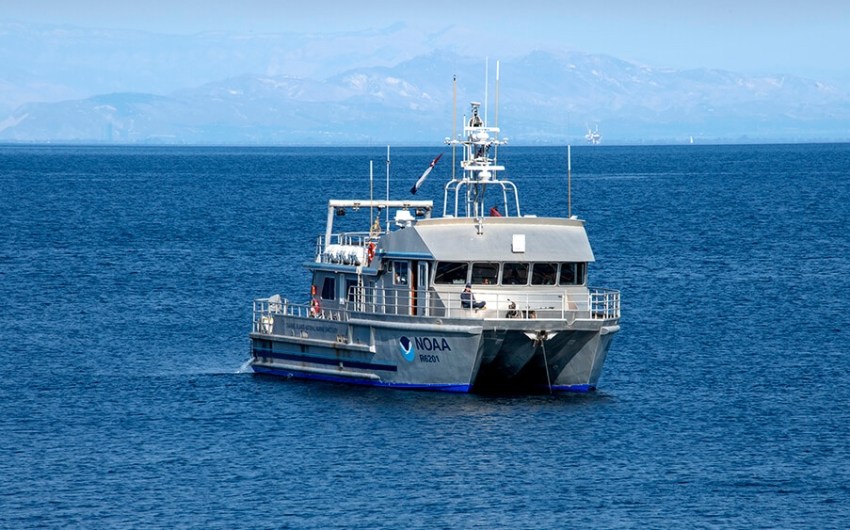
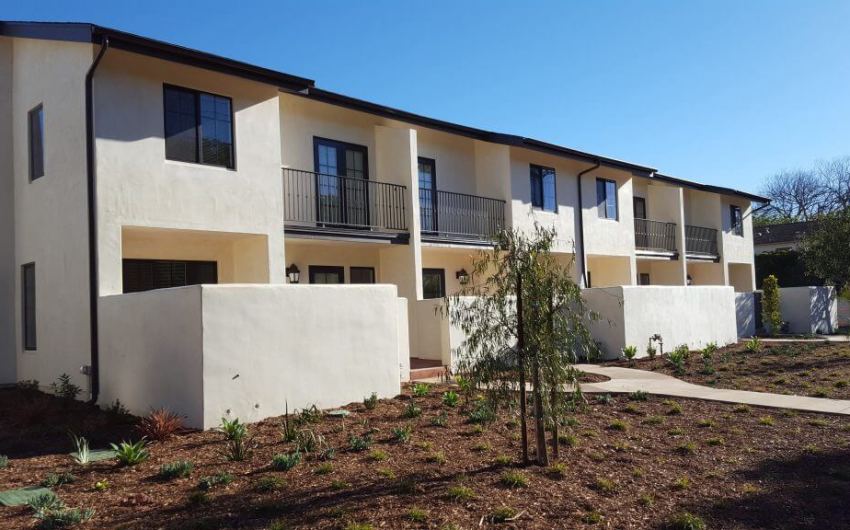

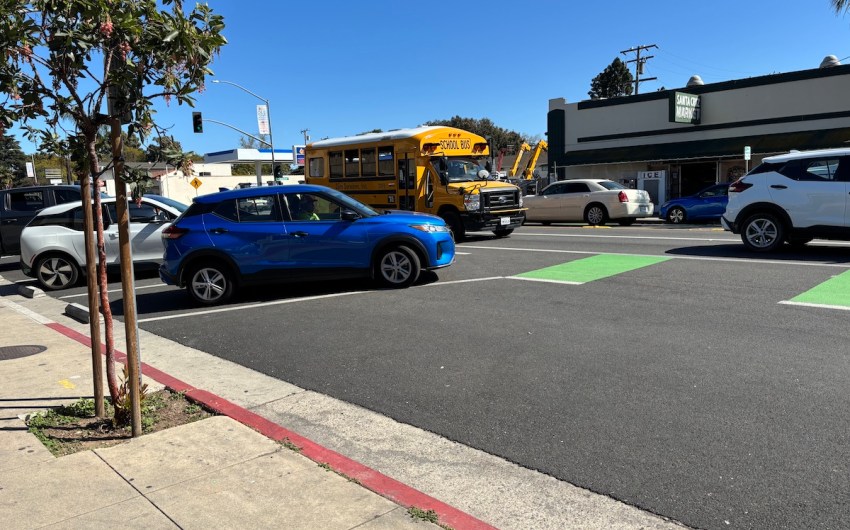



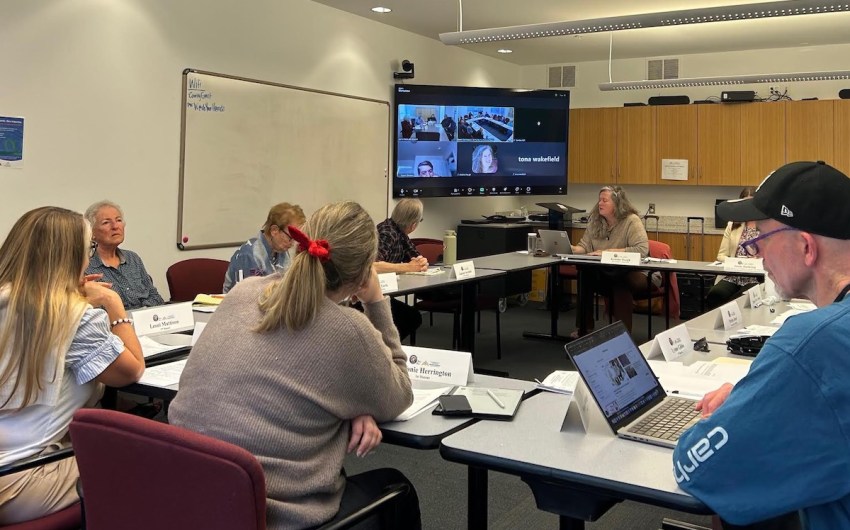













You must be logged in to post a comment.